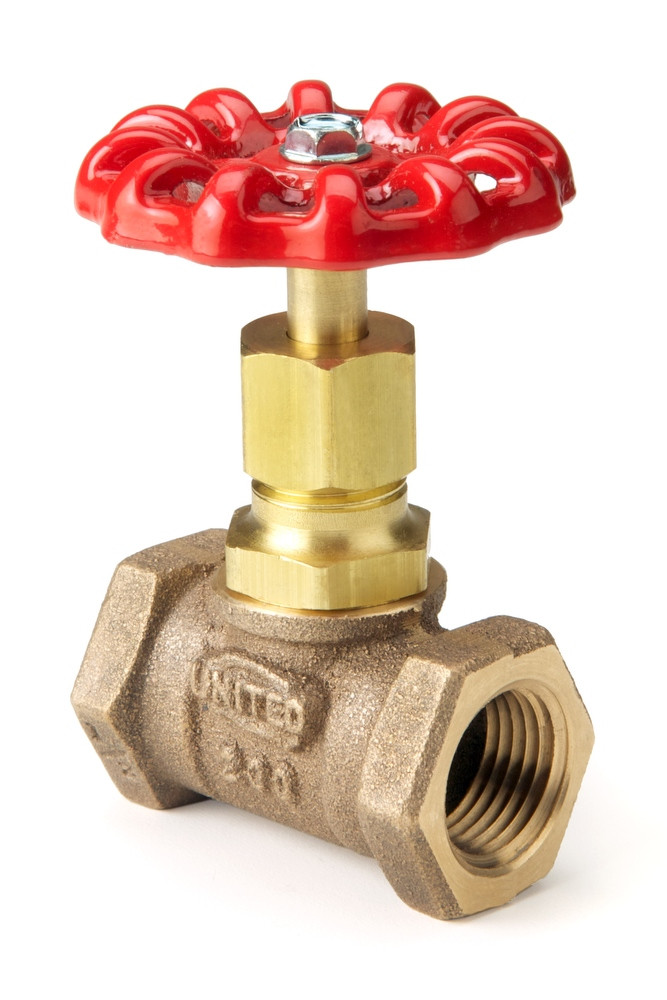Needle Valves
For Smooth Flow Control
A needle valve, also known as a plunger valve, regulates the flow of air or liquid through a pipe or passage. It has a small port and a threaded, needle-shaped plunger that can be depressed or pulled up to restrict or allow the flow. A handwheel or small handle controls the plunger’s position. It allows precise regulation of flow, although it is generally only capable of relatively low flow rates
A needle valve accurately controls the flow rates of clean gases or liquids. Gradual adjustments of the stem and plunger enable smooth flow control. These valves generally have low flow rates and a pressure drop from the inlet to the outlet. The most common application of a needle valve is to control gas flow, such as propane in a tank, but it can also work with water, steam, or oil. United Brass Works offers needle valves with port sizes ranging from 1/8” to 3/4”.
How a Needle Valve Works
A needle valve’s plunger has a tapered end that raises and lowers with the turn of a handle. The handle is connected to the plunger, also called a stem. When the handle turns, the plunger, as you probably guessed, moves up or down through the threads. The locking nut prevents the plunger from fully unscrewing. As the plunger moves down, the pointed or tapered end comes into contact with the valve seat to fully seal the opening. The valve seat is often tapered, allowing for more accurate flow rate control.
The Material Matters
Our needle valves have bronze bodies with brass stems and bonnets. They are suitable for hydraulic systems, high-temperature applications, and gas piping. They are ideal for neutral and non-corrosive media. However, they should not be used for saltwater, distilled water, acids, or chlorides.
Advantages
- Precise flow control, especially when there’s a low flow rate
- Small size allows it to be installed in tight spaces
Disadvantages
- Loss of high pressure because of the high restriction of fluid flow
- Suspended solids could cause damage to the needle and seat
- Examining the needle valve handle does not reveal whether the valve is open or closed
Needle valves are extensively used in dams, reservoirs, power plants, and water distribution systems to control water pressure and flow rate. They are also effectively used in automated combustion control systems to shut off a pressure gauge or to control piston speed.

Model 77 Needle Valve

Model 79 Needle Valve
Contact Us Today
Contact us today to learn more about how United Brass Works’ Industrial Valves can enhance your systems’ performance, reliability, and efficiency. Our team can assist you in selecting the correct valve for your application.